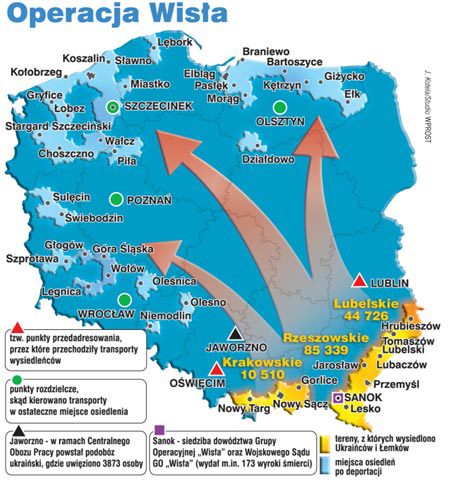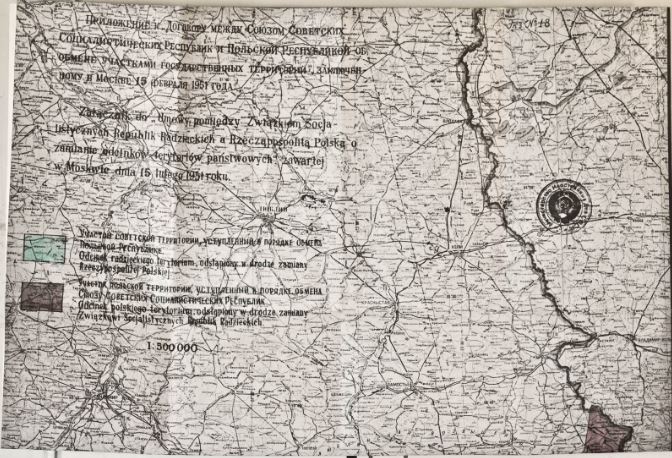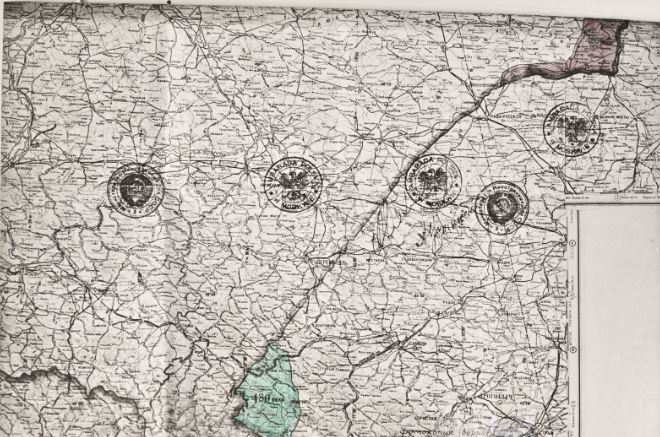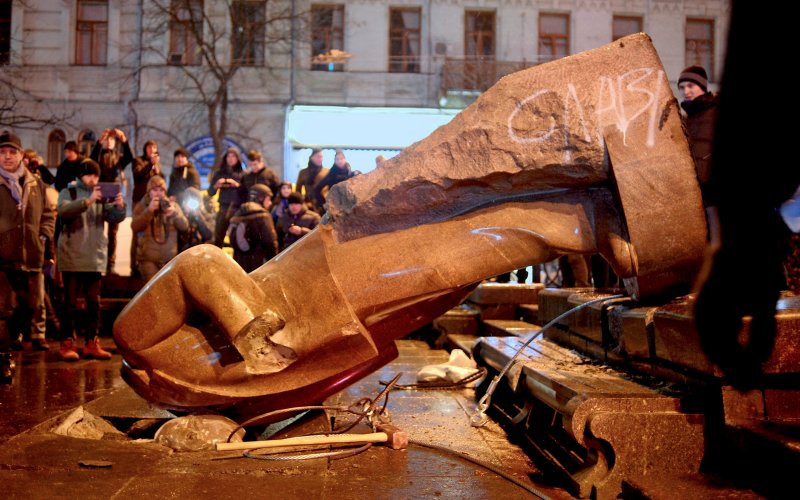
Digitized documents published by the Center for Researching Liberation Movements show that the operation was carried out by the communist regime of Poland in agreement with the USSR and Czechoslovakia. The deportation was carried out along ethnic lines, and the main reason was purported to be the fight against Ukrainian underground liberation movement. The Ukrainian insurgent army (UPA) then controlled a significant part of the Zakerzonia, protecting the Ukrainian community from the repressions of the Polish communist government, and continued to fight for independence. But its activities would not have been possible without the support of local residents, the Center for Researching Liberation movements writes.
Therefore, the authorities decided to apply the criminal principle of collective responsibility and fully expel all Ukrainian from their homes - men, women, children, and the elderly. Those evicted often lost their property and often had nowhere to settle in the new place.
The digitized documents show that the communist secret services of Poland and the Soviet Union were well aware of the forces of the Ukrainian insurgents. The three armies that were used for the deportation numbered at least ten times more soldiers than the number of rebels but were primarily involved in the deportation, not military action.
This is why the events of Operation Visla today are considered
to be an ethnic cleansing, military crime, and crime against humanity.
The documents also show that the UPA tried to improve relations with the Polish civilians. The Ukrainian insurgent army knew that both the Poles and Ukrainian were under totalitarian pressure.
"One of the published instructions of the UPA urges Ukrainians to support the local Polish minority, as this should have become a prerequisite for the creation of an anti-Bolshevik Bloc of oppressed peoples," said the Director of the SBU archive Andriy Kohut.
Among the other published documents one can find notifications about UPA clashes with the Polish military, protocols
from the interrogation of persons associated with the Ukrainian rebel movement, a memorandum on the results of the repatriation of Poles from the territory of the USSR, letters seized from the UPA, a protocol of the agreement between the USSR and the Polish Republic on the exchange of territories (shown below) and others.


28 April 1947 was the beginning of the operation of the Polish communist regime, during which almost 150 thousand Ukrainians were cast from their homes. People were taken hundreds of kilometers away and those who tried to resist were killed. With "Operation Vistula," Poland "cleansed" their ethnic territories from Ukrainians and ended the Ukrainian liberation movement in this region (as there were no more people supporting it left), thereby solving the "Ukrainian problem in Poland." This operation was the final chord of the Second Polish-Ukrainian war that unfolded as part of World War II, beginning in 1942 in Chelm land (now Polish territory). The war was conducted for the Ukrainian territories which were part of Poland before 1939, on which Ukrainians wanted to create their own state, and the Poles wanted to restore the prewar borders. However, the border issue was resolved after World War II without the participation of Ukrainians and Poles, after which the communist authorities of the USSR and Poland forcibly changed the ethnic configuration of the western Ukrainian and eastern Polish territories. The most brutal phase of the operation was "Operation Vistula" in 1947.
On the eve of the anniversary of the tragedy, Ukrainian researchers and civic activists addressed the Ukrainian and Polish parliaments requesting to condemn Operation Vistula as yet another crime of the communist totalitarian regime.
The Electronic Archive avr.org.ua
was opened in March 2013 It is a joint project of the Liberation Movement Research Centre, the Ivan Franko Lviv University and the National Museum Prison on Lonskoho. 23,839 copies of documents are currently available at the E-archive. The mission of the project is to make the past accessible.





